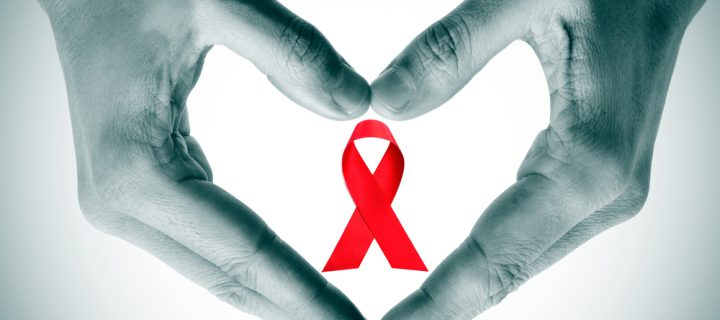Although a cure remains elusive, a positive HIV diagnosis is no longer a death sentence in developed countries.
Today marks World AIDS Day internationally. Founded back in 1988 when the disease was riding out its deadly peak in North America, the date marked the first-ever global health day. It was intended to get the public and researchers to focus on the illness in the hopes that things would get better. Remarkably, they have.
AIDS is caused by the Human Immunodeficiency Virus (HIV) and it attacks a person’s immune system.
As the disease progresses and becomes worse, it’s later referred to in patients as Acquired Immunodeficiency Syndrome (AIDS).
Related: It’s a Small Percentage but It’s True: Here’s How Some People May Actually Be Immune to HIV
It spreads through unprotected sex, contaminated blood transfusions, needles and from mother to child during pregnancy, birth and breast feeding, although the latter rates are low.
A person suffering from HIV or AIDS who doesn’t receive treatment typically has about 11 years to live. But times are changing.
Here are 6 things to know about AIDS that may surprise you:
1) Overall Numbers in the U.S Are Declining
This fact could change as information on the years 2015 to 2017 isn’t on the books yet, but the numbers are hopeful. According to the Centers for Disease Control and Prevention (CDC), the estimated number of yearly HIV infections went down about 10% between 2010 and 2014.
Related: A Cure for HIV and AIDS Only a Few Years Away
In 2010, 41,900 patients were diagnosed as HIV positive in the U.S. In 2014 however, just 37,600 were identified. Perhaps fewer people are getting a proper diagnosis for the moment, but hopefully it’s fact that the illness is slowing down.
2) Life Expectancy is Good
Most people diagnosed with AIDS in developed countries now have a regular life expectancy, if they take their pills as prescribed.
This is an amazing fact. Not so long ago those who became infected in North America seemed to have little hope and an early death was almost a guarantee. Friends, neighbors, relatives and even superstars like Freddie Mercury dropped like flies.
3) This Population Has the Lowest Infection Rates
Heterosexual Hispanic women in the U.S form the population with the lowest infection rate, according to the CDC. Black men who have male-to-male sexual contact have the highest rates of infection.
4) Geographic Distribution is Uneven
HIV diagnoses are not evenly distributed geographically around the United States. The highest rates of infection per 100,000 people are found in the South (16.8), followed by the Northeast (11.2), the West (10.2), and the Midwest (7.5) respectively.
5) These People Are the Most Unaware
Experts say an estimated 1,122,900 adults and adolescents were living with HIV at the end of 2015.
Unfortunately, many of them were unaware they were infected.
Among people aged 13-24 who were living with HIV during that year, an estimated 44% of them didn’t know they were sick.
6) Taking Your Medication = No Risk Sexually
Nothing is a 100% guarantee. Medical experts are now saying though, that a person who lives with HIV can find medical success. If they take HIV medications as prescribed over time, they can effectively suppress the virus in their system.
If and when they do, it can stay suppressed, allowing the person to avoid transmitting the disease to their HIV-negative sexual partner, stopping the spread of the virus.
For more information on AIDS and getting help, click here.
Photo credits: nito/Shutterstock.com; Room’s Studio/Shutterstock.com













